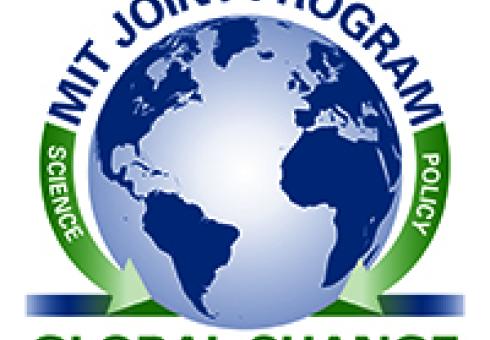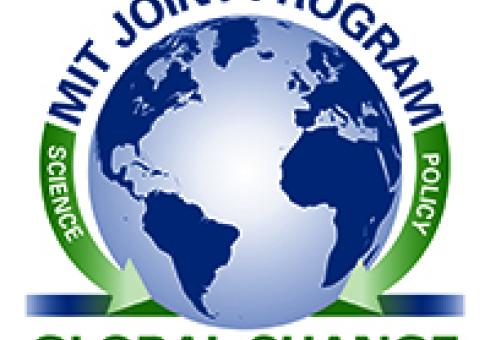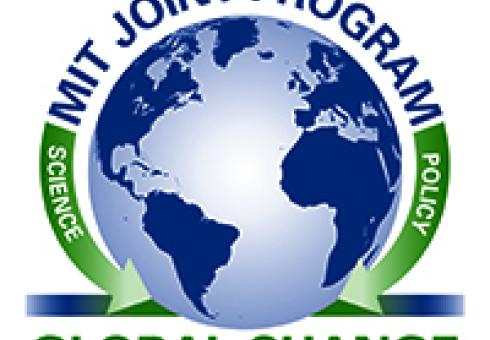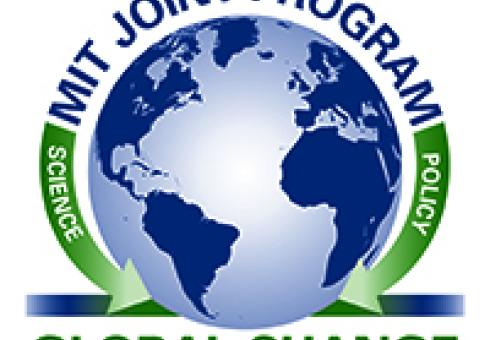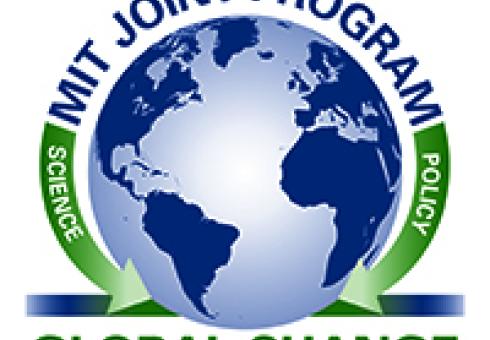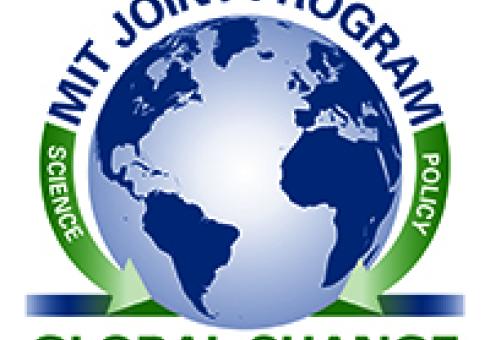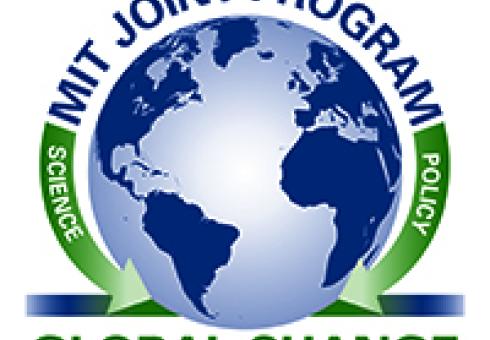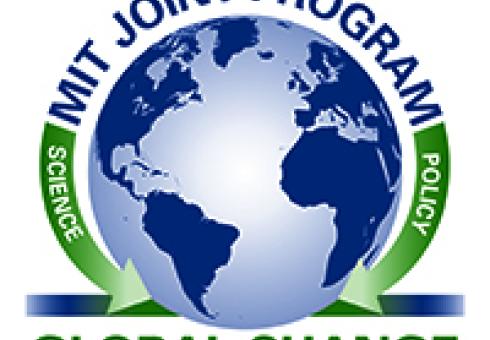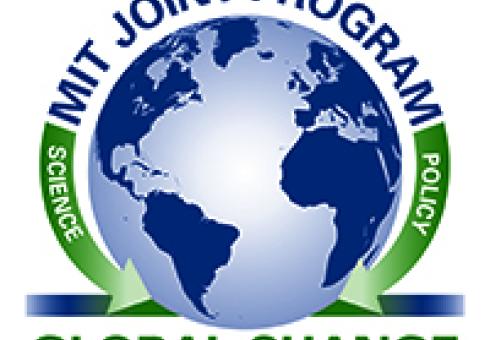News + Media
Coordinated by the U.S. Department of Energy, this Synthesis and Assessment 2.1 report is titled Scenarios of Greenhouse Gas Emissions and Atmospheric Concentrations, and Review of Integrated Scenario Development and Application, and provides a new long-term, global reference for greenhouse gas stabilization scenarios and an evaluation of the process by which scenarios are developed and used.
DOE Press Release
The MIT Center for Energy and Environmental Policy Research is one of six organizations to receive support in the first round of grants from the Doris Duke Charitable Foundation as part of its $100 million initiative to tackle global climate change.
While Congress considers seven bills that aim to limit America's greenhouse gas (GHG) emissions, MIT researchers have offered an analysis of the legislation based on a powerful model they created. The MIT Joint Program on the Science and Policy of Global Change applied its model to the seven bills to determine how costs associated with each might affect the domestic economy.
As the global picture grows grimmer, states and cities are searching for the fine-scale predictions they need to prepare for emergencies--and to keep the faucets running. "The challenge is to increase our capability to accurately forecast climate at the regional level," says Ronald Prinn, an atmospheric scientist who directs the Center for Global Change Science at MIT. "That is what is needed in order to improve the information that government agencies get--[and] to then translate those regional forecasts into something useful at the city [or] state level."
Stephen Schneider reminds policy makers that scientists can't decree what constitutes a perilous increase in global temperatures. - "It's not a scientist's judgment to decide what's dangerous."
A new program to develop computational models of how marine microbes live and evolve in the global ocean has been launched to help researchers understand and simulate the relationships between climate change, marine ecosystems and the ocean carbon cycle. The collaborative effort is led by Mick Follows, and includes participants Penny Chisholm, Stephanie Dutkeiwicz, John Marshall and Chris Hill, among others. (More about the Darwin Project.)
Simulation condenses 10 years' evolution into five days of computing - Scientists at MIT have created an ocean model so realistic that the virtual forests of diverse microscopic plants they "sowed" have grown in population patterns that precisely mimic their real-world counterparts.
Dr. Denny Ellerman participated in a Hearing of the U.S. Senate Committee on Energy & Natural Resources to discuss the progress of the European Union’s Emissions Trading Scheme and to receive information on lessons learned for policymakers who want to better understand how a market-based trading program could operate efficiently and effectively in the United States. (A transcript of the discussion is available here.)
Prof. Ronald Prinn participated in a Hearing of the U.S. House Ways and Means Committee, the first in a series on energy and tax policy, which focused on climate change. (Hearing transcript.)
News Advisory from the Committee on Ways and Means, February 21, 2007.
Prof. Henry Jacoby participated in a Hearing of the U.S. Senate Committee on Energy and Natural Resources on the Stern Review of the Economics of Climate Change, examining the economic impacts of climate change and stabilizing greenhouse gases in the atmosphere.
Today's release of a widely anticipated international report on global warming coincides with a growing clamor within the United States to reduce greenhouse gas emissions and prevent the potentially devastating consequences of global climate change. "There's clear evidence that greenhouse gases have been increasing by very large amounts since preindustrial times, and the vast majority of these increases are due to human activity," said Prinn, whose specific task on the panel was to assess this issue.

